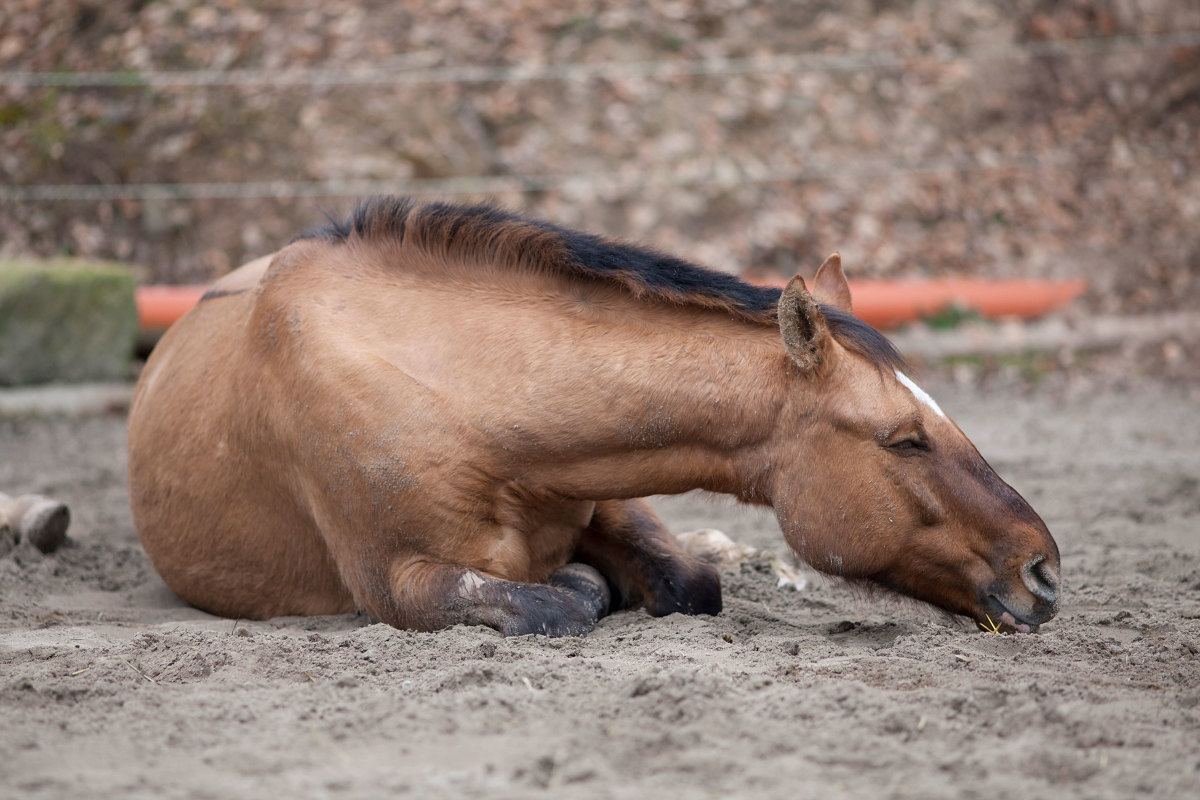
Although survival rates have been reported after small intestinal surgery for strangulating diseases in horses, none have followed survival for periods relevant to the long lifespan of horses and none have described effect of age, disease and surgical treatments over such long survival periods.
The study was titles, “Effects of age, disease, and anastomosis on short- and long-term survival after surgical correction of small intestinal strangulating diseases in 89 horses” and was authored by Meredith J. Rudnick, Thomas N. Denagamage and David E. Freeman.
The aim of this retrospective clinical study was to examine effects of age, disease, and type of surgery on long-term survival in horses after surgical treatment of small intestinal strangulating diseases over periods relevant to the expected lifespan of a horse.
Post-operative data were gathered from medical records and owner contact for 89 horses with small intestinal strangulation. Survival times from surgery to date of death or date of last follow-up were analyzed by Kaplan-Meier statistics. Variables of interest were age, type of strangulating disease and surgical correction. A Cox proportional hazards regression was used to evaluate these variables.
Short-term survival was not affected by any of the variables measured. For long-term survival with Kaplan-Meier statistics, the study found:
- horses ≥16 years old had significantly shorter (P=0.002) median survival times (72 months; 95% CI 32.0–96.0) than younger horses (121.7 months; 95% CI 90.0–162),
- horses without resection had significantly longer (P = 0.02) survival times (120 months; 95% CI 86–212) than horses that had jejunocecostomy (76.8 months; 95% CI 24–125), and
- horses with miscellaneous diseases had significantly longer (P=0.02) median survival times (161.9 months (95% CI 72.0–M; note: the upper limit could not be computed by the software package so -M is displayed) than horses with strangulating lipoma (79.8 months; 95% CI 32.0–120.0).
In the multivariable Cox Proportional Hazard model, age (HR = 2.67; 1.49-4.75, P<0.001) and anastomosis (HR = 0.65; 0.46–0.92, P = 0.02) had the most significant effect on median survival time.
Bottom Line
The remaining lifespan of older horses at the time of surgery had the greatest effect on survival. Horses that did not require resection and anastomosis had favorable outcomes, underscoring the potential importance of early intervention to reduce the need for resection.
You can access this Equine Veterinary Journal article here.




